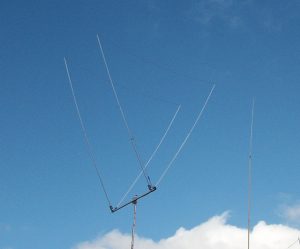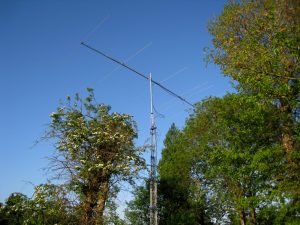Quad Antennas:
Securing Loop Wires to Spreader Ends
Owners of quad antennas will be aware that a fiddly task when owning a quad is actively securing the loop wires to the ends of the fibreglass [or other materials] used as spreaders without the wires coming adrift or breaking.
More than not, the varying ways of tackling this task are pretty ‘Heath Robinson’ at best, and at worst, are fairly poor attempts that will certainly result in failure in a short period of time.
I’ve seen many online articles including cable ties to secure the wire, using a ‘sheath’ to thread the wire through and various other oddball methods. Cable ties being nylon will fail very quickly especially when they are exposed to high UV levels in the summer and cold in the winter. Expect a failure within the first year or so when they become overly brittle.
I was asked in mid-2022 to do a personal build of a sturdy but lightweight no-fuss 2m 5 element quad for a friend. At Vortex, we didn’t specialise in quads but I have enough hardware to perform a build that will last. I’m in the process of documenting a full build. When it’s ready, we’ll have a separate feature on it.
During the build and assembly, I was concerned about how to effectively attach the loop wire to the spreader ends. Having little confidence on what I’d seen online, I did a few experiments to see if we could come up with a solution that would last and need zero maintenance.
What follows is not the cheapest way, but a very effective method that requires no maintenance and should last for years.
Here’s the results. On the 2m vertical antenna, the horizontal spreaders used were 12mm x 2mm wall aluminium tubing slotted at the end with 8mm fibreglass rod inserts. The vertical spreaders were 12mm x 2mm wall fibreglass tube as you can’t use a metallic spreader ‘support’ that is the same plane as the radiation of the antenna.
We’ll show you more on this shortly as it’s a mistake that’s easily made [done it myself in the past] and makes a well built sturdy antenna into a heap of useless metal.
At the ends of the rod, we use a small section of PTFE [Teflon] tube which is half drilled and secured over the fibreglass glass rod. Finally, the PTFE is drilled about 0.5 mm larger than the diameter of the loop wire. This allows a small amount of movement in the wire.
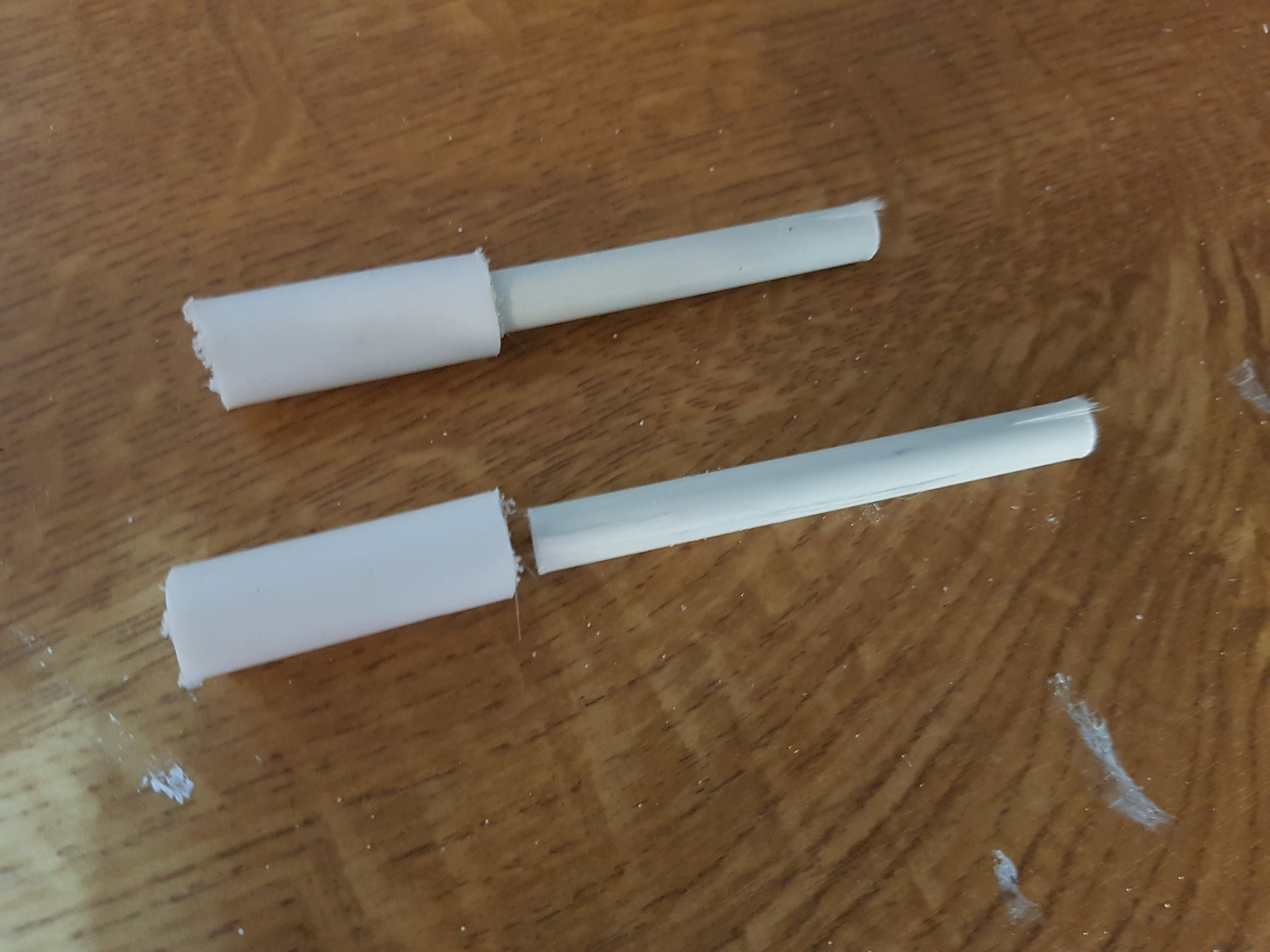
As we’re using PTFE to secure the wires, there is virtually no friction to either cause a wire to fail through ‘Rubbing’ or continuous movement in wind. PTFE is also the world’s best insulator. In this situation, builders could also use PVC coated wires with no visible signs of the wires rubbing on the PTFE – even after years of installation.
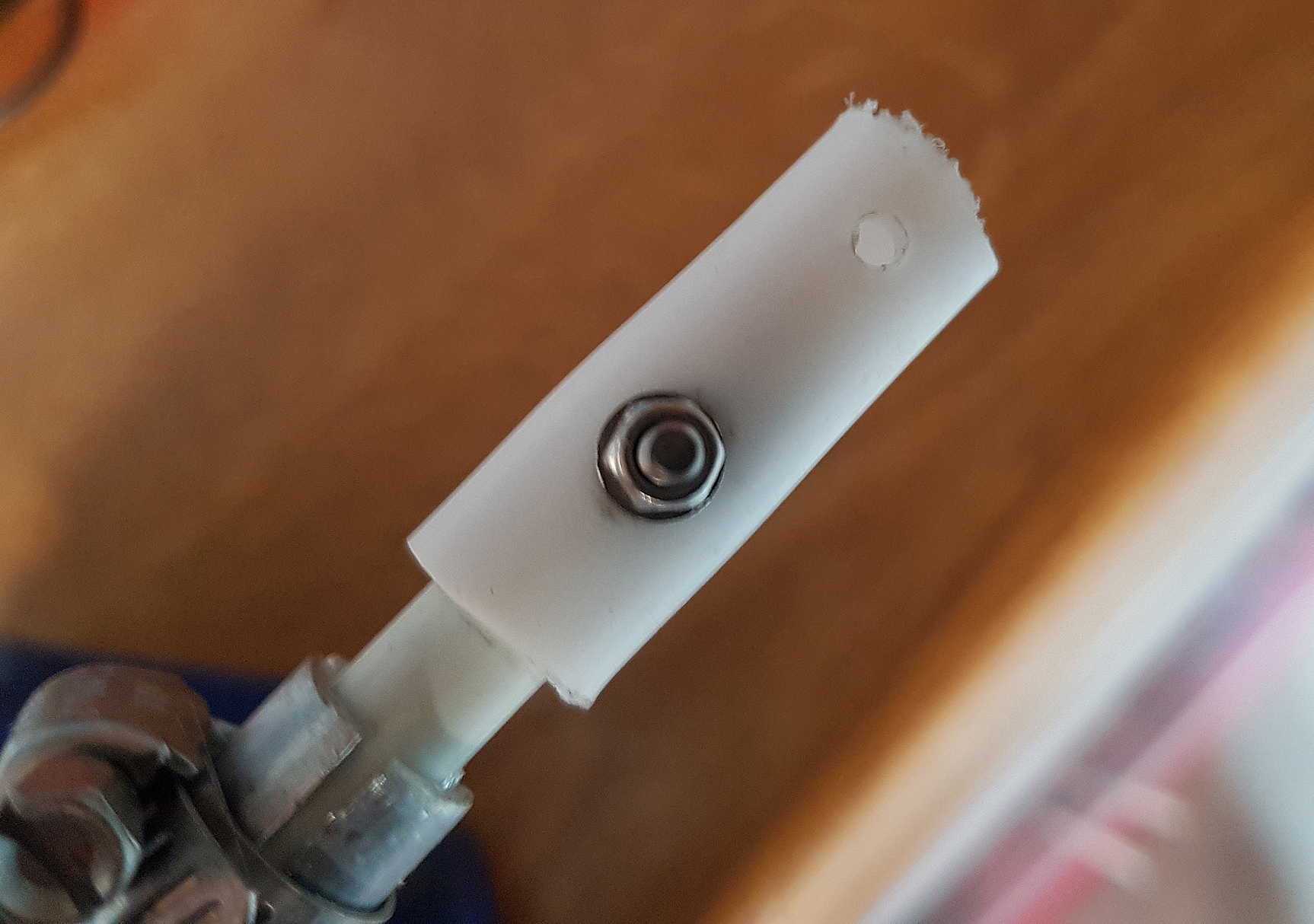
For larger HF quads, the same idea can be scaled up to whatever the constructor thinks would suit their needs. Below, we’ve employed the same theory and here we show a 16mm x 2mm wall tube with a 12mm fibreglass rod insert. On the ends are 16mm x 4mm wall PTFE tubes half-drilled to 11mm. Again, a small hold is drilled slightly larger than the wire it accommodates. The one shown is drilled at 2.5mm – good to handle a 2mm wire for QRO although this wire is PCV coated.
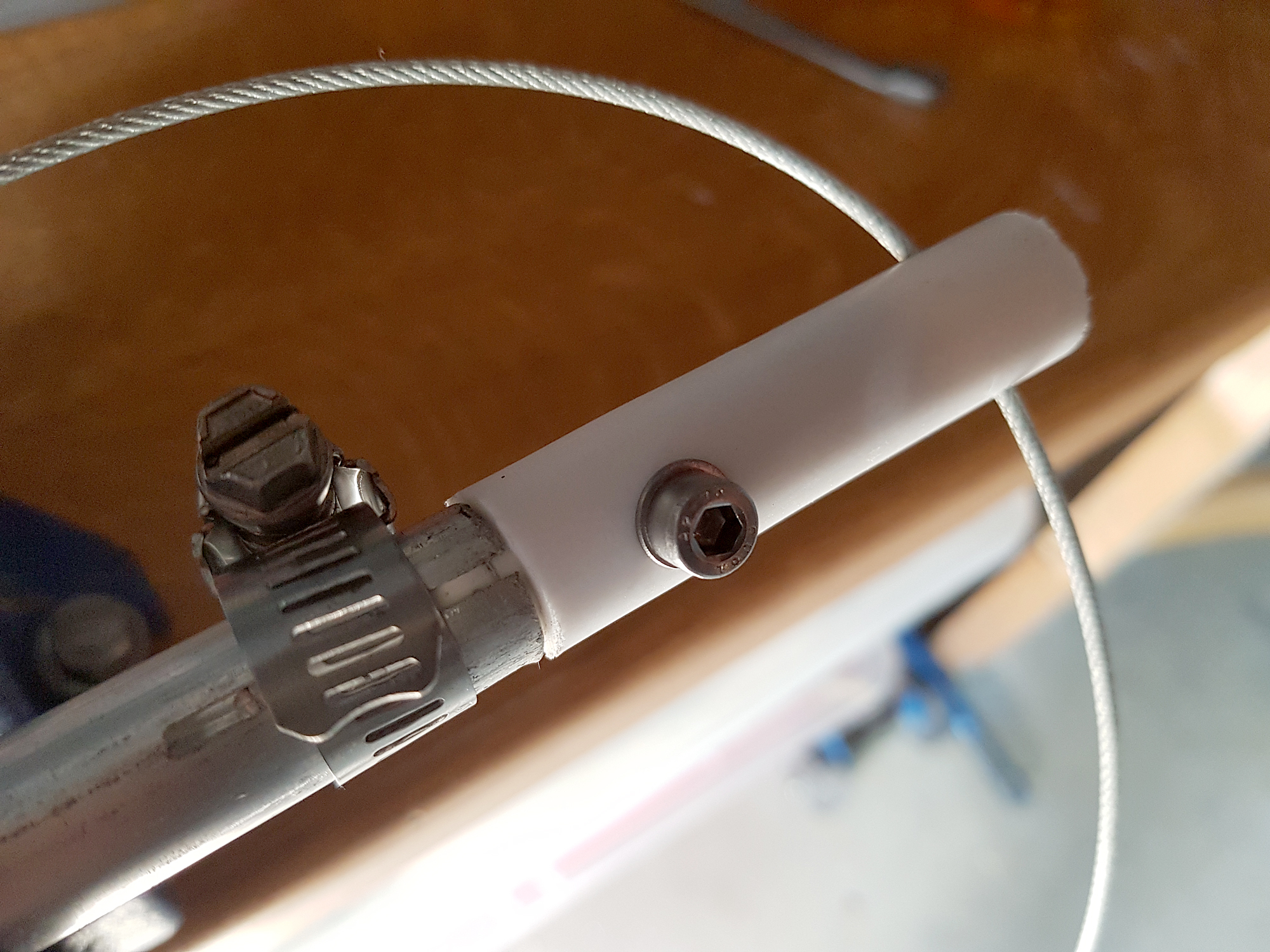
We’d again highlight that constructors should be aware that if using PVC coated wires, then the velocity factor will be different when compared to bare copper wire. In all cases, a loop constructed from PVC coated wire will be shorter in size at the required frequency by a few percent.
Don’t use PVC coated wire for the driven element. We’ve learnt the hard way. The PVC steel [copper coated] antenna wire is good for parasitic elements. It’s strong and robust but can’t handle high RF currents. Avoid using it for the driver especially at QRO and higher power levels as we’ve seen melted PVC at only a few hundred watts.
We won’t go into the theory – but take our advice!
Another great idea from q82.uk – enjoy your project!
73 – Steve G0UIH

